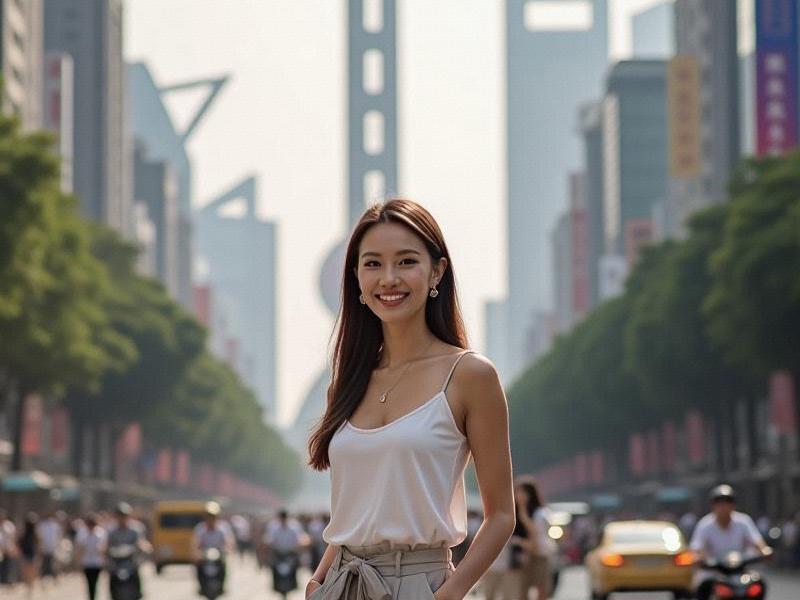This in-depth report explores Shanghai's transformation into a global cultural powerhouse, examining its museum renaissance, creative district development, and unique blend of heritage preservation with avant-garde experimentation.

The scaffolding surrounding the newly expanded Shanghai Museum signals more than just construction - it represents the city's ambitious cultural metamorphosis. As workers put finishing touches on the museum's futuristic new wing (set to open September 2025), Shanghai is completing its decade-long journey from financial center to Asia's preeminent cultural capital.
This cultural renaissance manifests across multiple dimensions:
Museum Boom
上海龙凤阿拉后花园 Shanghai now boasts 157 museums - a 300% increase since 2010. The West Bund Museum Mile alone hosts twelve world-class institutions, including the spectacular Long Museum (housing China's largest private art collection) and the avant-garde Tank Shanghai (repurposed oil tanks turned exhibition spaces). "We're seeing museum attendance grow 18% annually," notes cultural affairs director Lin Hong.
Creative Districts Flourish
Former industrial zones have transformed into creative hubs. M50's 50,000 sqm of repurposed textile mills now house over 120 galleries and studios, while the Power Station of Art (Asia's first state-run contemporary art museum) anchors the South Bund art corridor. "These spaces give artists room to experiment while preserving Shanghai's industrial heritage," explains curator Zhang Wei.
上海龙凤419贵族
Cultural Economy Expansion
Creative industries now contribute 13.2% to Shanghai's GDP - surpassing both finance and manufacturing. The city's annual ART021 fair has become Asia's second-largest art market, while the Shanghai International Film Festival rivals Cannes in global prestige. "Cultural exports grew 42% last year," reports commerce official Chen Li.
上海贵族宝贝自荐419 Heritage Meets Innovation
Traditional Shanghainese culture gets contemporary reinterpretations. The restored Shikumen lanes of Xintiandi blend 1920s architecture with designer boutiques, while the Yuyuan Garden hosts digital art installations alongside Ming Dynasty pavilions. "We're creating living culture, not museum pieces," says heritage architect Ma Qing.
As Shanghai prepares to host World Expo 2030 with the theme "Cultural Connections," the city stands at the vanguard of a new global cultural order - one where East and West, tradition and innovation, commerce and creativity coexist in dynamic equilibrium. The message is clear: the future of culture isn't just displayed in Shanghai, it's being created here daily.